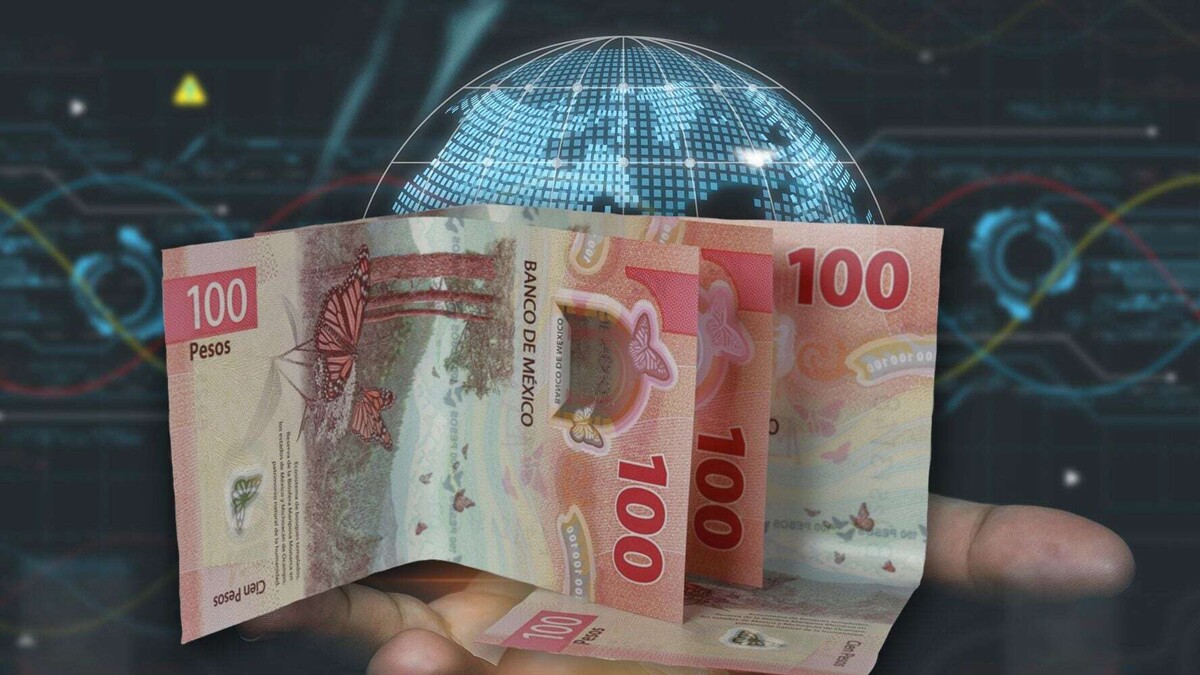
The Mexican peso has registered a slight gain against the dollar amid the market's evaluation of Donald Trump's announcement of reciprocal tariffs. This move represents an escalation in the trade 'war' that the U.S. president has unleashed against its economic partners. Although Trump partially revealed these tariffs without making a formal announcement at the White House, he informed about the signing of a new order that would boost reciprocal tariffs.
The president did not offer many details about it: according to the directive, the trade representative and the Secretary of Commerce must propose reciprocal tariffs that will vary according to the trade deficit that the United States has with each country, a process that could extend for weeks. Additionally, Trump's executive order did not specify when these reciprocal tariffs would come into effect, which differ from the 25 percent tariffs on steel and aluminum that will be implemented on March 12.
Nationally, the National Chamber of Iron and Steel Industry (Canacero) has requested the application of retaliatory tariffs in case Trump does not exempt Mexico from the tariffs imposed on these metals. Regarding the exchange rate today, February 13, a 0.29 percent appreciation against the dollar has been registered, placing the exchange rate at 20.47 units, 3 cents higher than the previous day's close.
The dollar index (DXY) has decreased by 0.30 percent to 107.61 points, while the Bloomberg dollar index (BBDXY) has fallen by 0.29 percent to 1297.38 units. At bank counters, the dollar is sold for 21.03 units and bought at 19.90 pesos at Citibanamex bank. In the financial market, the yield on the 10-year Mbono in Mexico is 10.31 percent, while in the United States it reaches 4.55 percent.
Among the currencies that have shown appreciation are the Russian ruble with 3.30 percent, the Swiss franc with 0.68 percent, the Japanese yen with 0.52 percent, and the Swedish krona with 0.52 percent. On the other hand, the currencies that have registered depreciation are the Brazilian real with 0.43 percent, the Colombian peso with 0.38 percent, and the Australian dollar with 0.27 percent. This information has been provided by Bloomberg.













